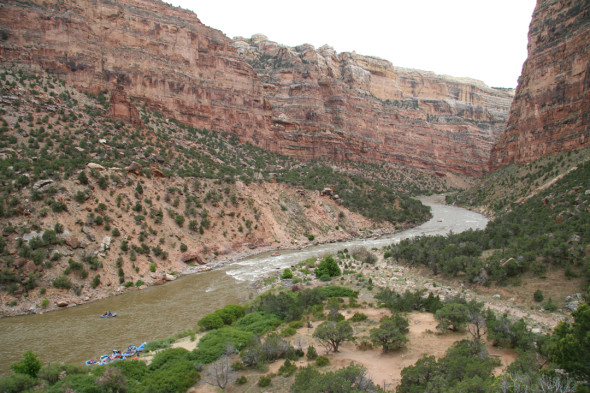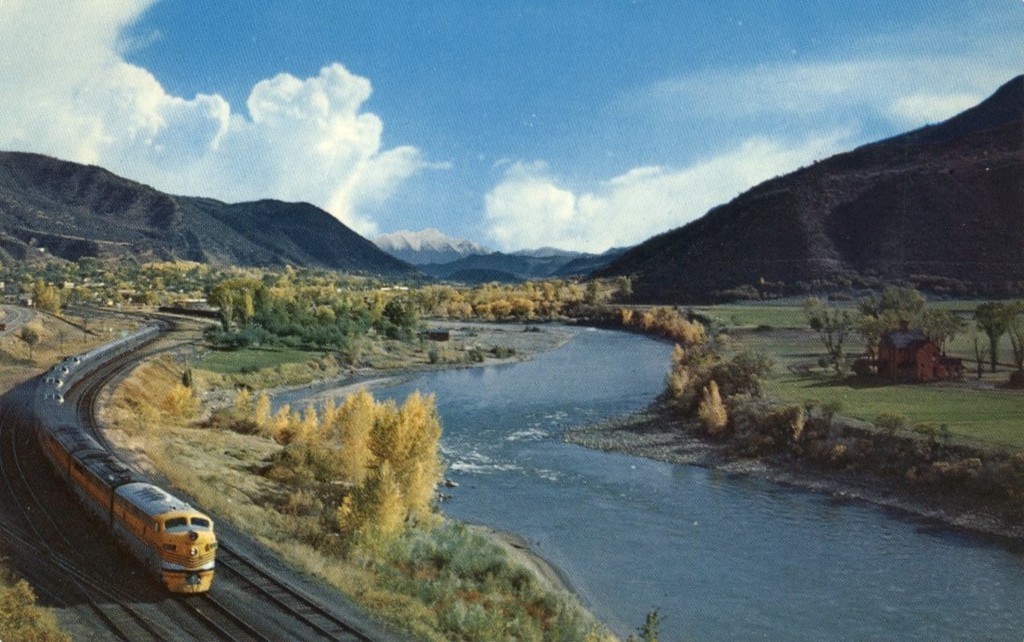
DENVER, July 13, 2015 – Colorado’s leading conservation and recreation organizations, including American Rivers, American Whitewater, Audubon Rockies, Conservation Colorado and Western Resource Advocates pointed to how the second draft of the Colorado Water Plan was improved by setting a common-sense goal for water conservation, creating a strong framework for scrutinizing large trans-mountain diversions and acknowledging the need for significant funding for river protection plans.
The groups also pointed out that to achieve real change, the final water plan needs to:
- Ensure an inclusive implementation process, similar to how the State has engaged and been responsive to public input during the planning process thus far;
- Provide adequate funding for stream management planning, river restoration and urban water conservation;
- Provide specific screening criteria so that projects move forward only if they benefit our communities, rivers and agriculture; and
- Avoid large new trans-mountain diversions that would drain water from Western Slope rivers.
Specifically, the plan calls for a reasonable statewide urban conservation goal of saving 400,000 acre-feet of water by 2050. This equates to an almost one percent per year reduction in water use in Colorado cities and towns. However, the plan needs to include the incentives, funding and technical support to get that done.
The plan underscores the importance of healthy rivers and streams in Colorado and acknowledges that $2-3 billion is needed to protect them, but doesn’t yet commit funding to carry out that protection.
The Colorado Water Conservation Board has received more than 24,000 public comments and has been responsive to public input. It’s key that decisions about plan implementation stay visible to an engaged public and don’t fast track water project permitting to the detriment of public review and involvement.
Here’s what leading conservation groups are saying:
- “We’re encouraged that the State assembled a second draft plan that weaves together a wide range of interests and public input. The boat is definitely pointed in the right direction. Strong rowing from the State is still needed if it’s going to reach its destination. Specifically, the Governor and Water Conservation Board must ensure plan implementation is inclusive and expands funding for protecting our rivers.” – Bart Miller, Healthy Rivers Program Director, Western Resource Advocates
- “We are pleased to see the plan includes many of the priorities Coloradans have expressed in more than 24,000 public comments – including underscoring the importance of healthy rivers, a strong statewide urban conservation goal, and tougher scrutiny for large new trans-mountain diversions. Over the next few months, we urge the Water Conservation Board and the Hickenlooper Administration to make the final plan a detailed and workable blueprint that will protect our rivers, the multi-billion dollar outdoor recreation industry, agricultural heritage, and thriving cities.” – Becky Long, Advocacy Director, Conservation Colorado
- “The second draft of Colorado’s Water Plan has taken good steps forward. To reach the finish line, the plan needs to greatly expand its funding commitment to healthy flowing rivers – a major factor in our $9 billion-a-year outdoor recreation industry. Those who value Colorado’s recreational opportunities, and related economy require further assurances Colorado rivers will be protected in the final plan.” – Nathan Fey, Colorado Stewardship Director, American Whitewater
- “The second draft of Colorado’s Water Plan shows progress. More work must still be done to assess, protect, and restore dynamic flows for our rivers and increase funding for stream management plans and their implementation. Suggestions of resilient river systems, stream management plans, and strong urban water conservation goals are positive steps forward, echoed by public input, and critical for the health of our rivers.” – Abby Burk, Western Rivers Specialist, Audubon Rockies
